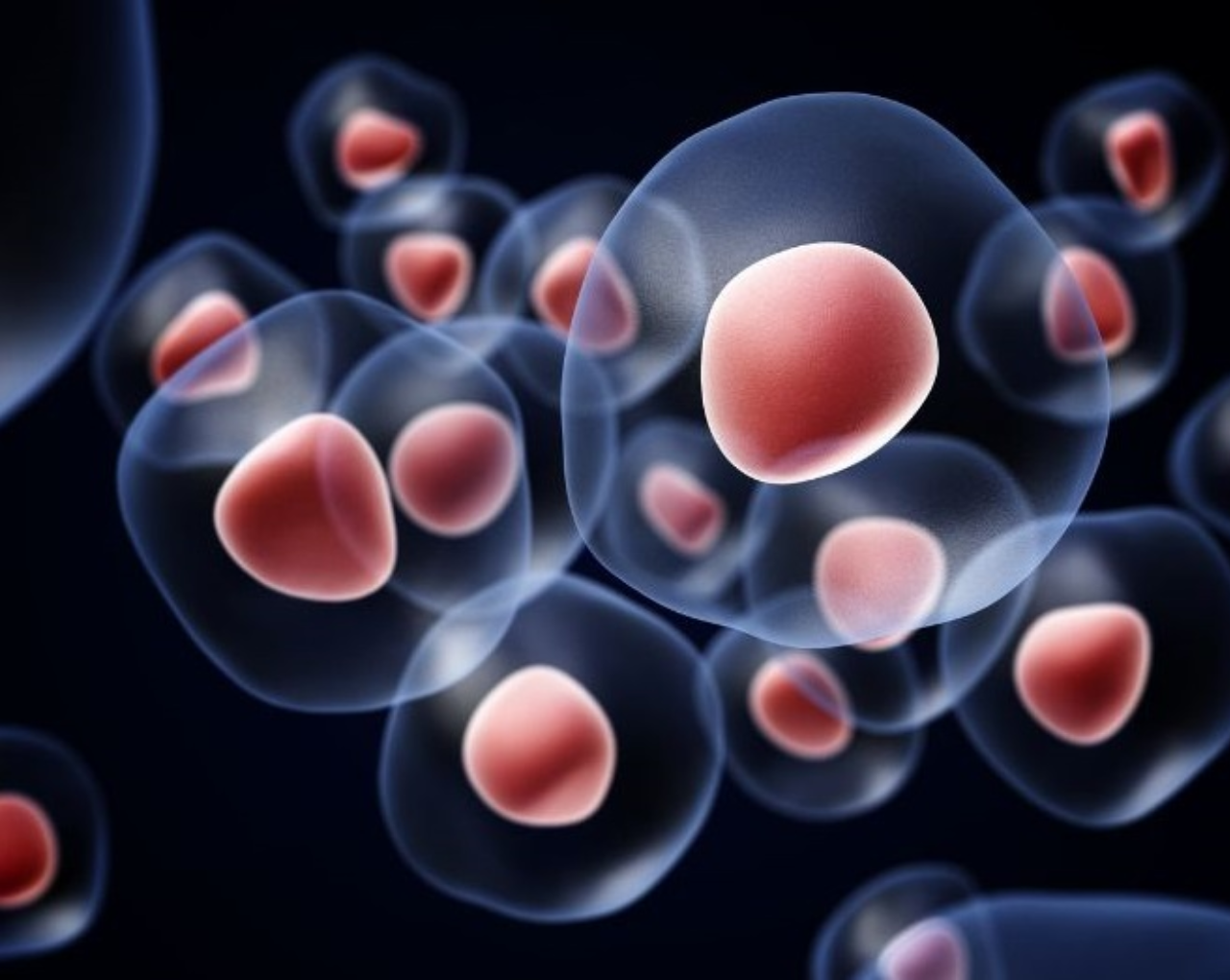ARTIFICIAL AND NATURAL ENCAPSULATION
Traditional bioactive extracts derived from fruit pomaces through chemical-based extraction methods require extensive purification processes to eliminate residual solvents, impurities, and potentially harmful byproducts, ensuring safety, stability, and therapeutic efficacy; however, these refinement techniques, including solvent evaporation, advanced filtration, controlled precipitation, and high-precision chromatographic separation, are highly resource-intensive, time-consuming, and subject to strict regulatory, safety, and quality standards, ultimately reducing productivity, escalating operational costs, (…)

(…) and complicating manufacturing scalability. Additionally, solvent-extracted bioactives exhibit inherent instability, making them highly susceptible to degradation in the acidic gastric environment, where oxidative reactions, hydrolysis, enzymatic activity, and molecular breakdown significantly compromise their bioavailability and therapeutic efficacy, while direct human manipulation of biomaterials during processing further increases contamination risks. To address these vulnerabilities, artificial encapsulation techniques are employed, utilizing lipid-based carriers to enhance bioactive stability, protection, and autonomous release (e.g., phospholipids, lecithin, liposomes), polysaccharide systems (e.g., alginate, pectin, chitosan), and protein-based matrices (e.g., whey protein, zein, gelatin) to shield bioactives from degradation, enhance bioavailability, and enable a responsive and adaptive bioactive release profile; however, despite their effectiveness, these technologies demand specialized materials, advanced processing methodologies, and stringent quality control, resulting in elevated production costs, increased process complexity, and continued reliance on direct human biomaterial handling, which limits commercial scalability and efficiency and perpetuates inherent biosafety vulnerabilities. In clear and science-backed contrast, POWDER HOUSE’s (…)
(…) ultrafine functional ingredient particles are engineered through a physical-mechanical approach that completely eliminates chemical additives, artificial encapsulation techniques, and direct human manipulation of biomaterials, pioneering a sustainable and technologically advanced alternative. Protective layers autonomously self-microencapsulate each ingredient particle (patent pending), safeguarding the bioactive content and its structural integrity while optimizing release kinetics without the use of artificial additives or external intervention—thereby preserving the full spectrum of bioactive compounds naturally embedded within the original fruit pomace matrices. Upon interaction with gastric fluids, the self-microencapsulation mechanism is instantaneously activated. The self-microencapsulation mechanism effectively shields polyphenols and other bioactives from premature degradation within the harsh gastric environment, while conferring autonomous behavior to the microencapsulated particle—optimizing its responsive and adaptive bioactive release profile, enhancing absorption efficiency, and maximizing both bioavailability and functional efficacy. This mechanism increases the probability of bioactive release under the alkaline conditions of the small intestine, where the protective layers autonomously break down, facilitating a precisely timed and optimized release that (…)
(…) promotes efficient absorption and maximized physiological impact. Unlike solvent-extracted bioactives that rely on artificial encapsulation to maintain stability and efficacy, POWDER HOUSE’s ultrafine ingredient particles utilize their native dietary fiber matrix to initiate self-microencapsulation, forming protective layers that serve as a sophisticated molecular preservation system. This intrinsic mechanism enhances the integrity, potency, and bioefficacy of the ingredients, setting a new benchmark in ultrafine particle innovation and functional performance.
